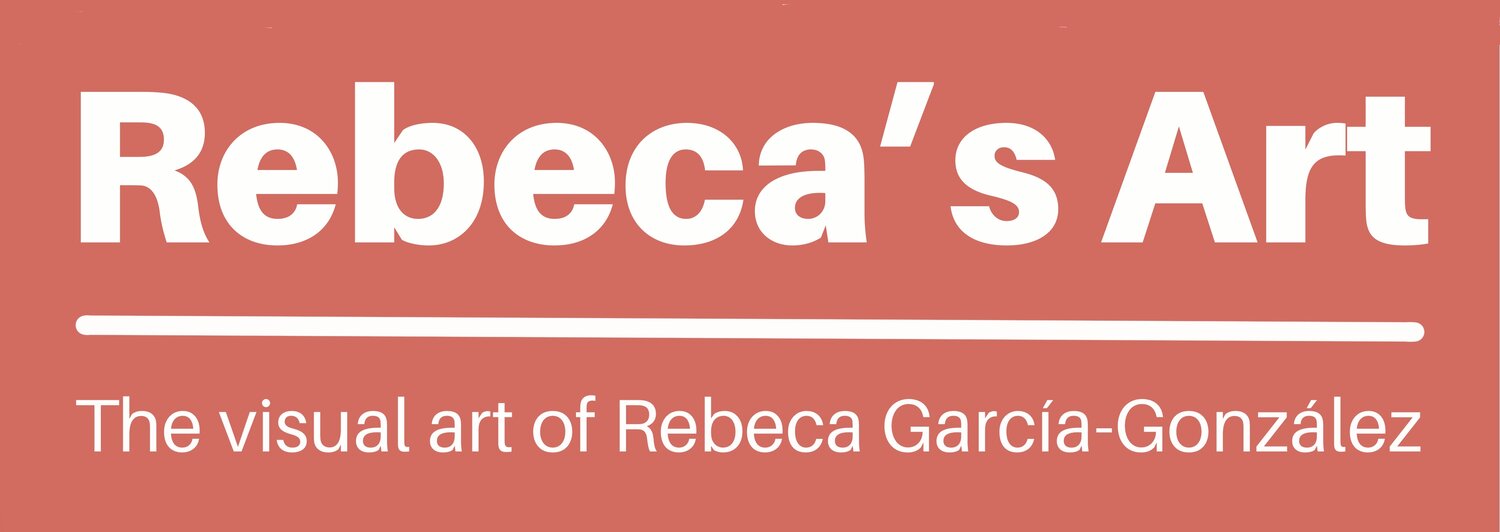Preparing For Choosing and Mixing Color
Overview
The goal of this class is not to understand theory but for you to experience how various pigments behave when mixed, extended, or layered. These experiences, coupled with some painting practice and down-to-earth explanations of the concepts will give you the knowledge you need to make great color decisions in your chosen media.
We will learn to make our own greens, greys, blacks and browns so no need to buy them. But please get the seven pigments below. Avoid the cancer-causing real cadmium reds and yellows unless the color’s name on the label also says “hue.” That means they are synthetic and safer. Gamsol and turps are not permitted inside the RAC’s classrooms. Watercolorists, if in doubt bring all of your pans and we will sort them out.
List of Acrylic Paints
There is a button at the bottom of this page that will download a printable version of this list.
Other Useful Materials
A nice big sketchbook with any paper that can take abuse. It will become a scrapbook that will serve as your future color reference. It should open flat so you can easily mix colors in it and take notes. Or you can insert sheets in a binder.
A mixing surface such as HD plastic, a disposable paper palette or a large plastic palette with mixing wells for watercolors or gouache.
A plastic or metal painting knife for color mixing, if you are using acrylic or oil
A solvent such as Gamsol will facilitate mixing and keeps paper from absorbing too much oil.
Polymer medium (4 oz or more) if using acrylics, the more liquid the better. It does not matter if it is matte or glossy.
Your preferred painting grounds. Multimedia or watercolor paper for watercolor and gouache. Primed cardboard or paper, canvas panel, stretched canvas or masonite boards for acrylic or oil painters.
Long handled nylon or bristle brushes if using acrylic or oil.
Short handled nylon brushes made for watercolor or gouache.
An eye dropper if using watercolor.
Gloves to keep your skin from touching pigments laden with heavy metals and other chemicals.
Rags are much better than paper towels for cleaning.



